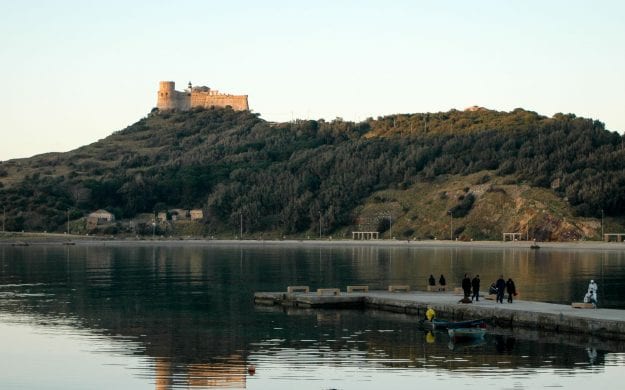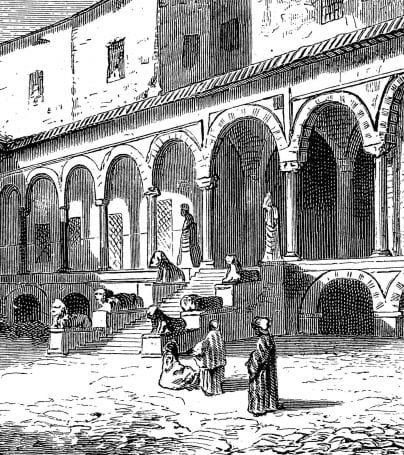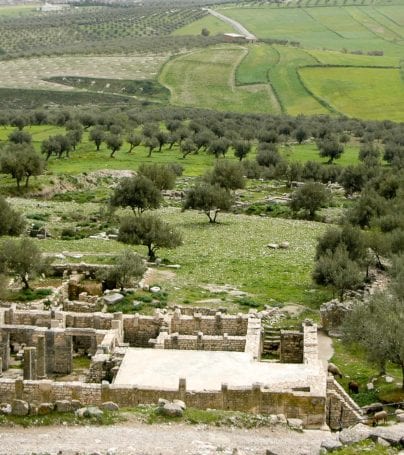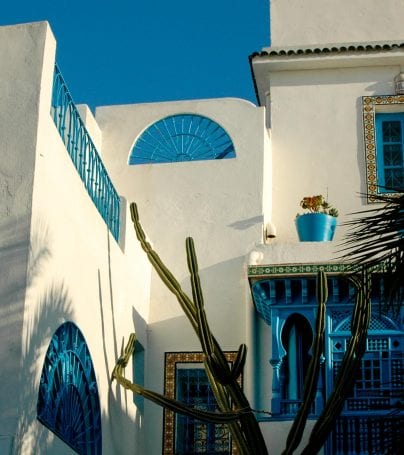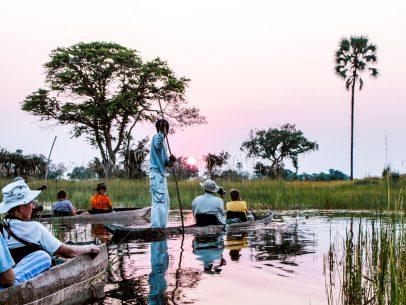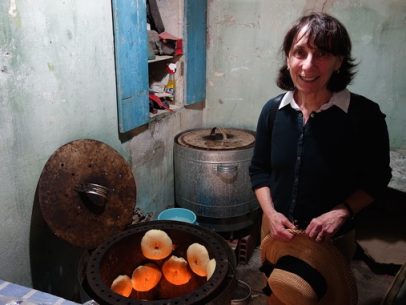Djerba Adventure Tours
Djerba is, at 514 km², the largest island of North Africa, located in the Gulf of Gabes, off the coast of Tunisia. Djerba has a mild climate and a well cultivated soil. Its largest city is Houmt-Souk, with a population of around 60,000. The island is a popular tourist destination, particularly for French, German, Italian and Czech tourists, and is known for its beautiful beaches and dramatic sunsets. It is one of the few remaining places in Tunisia where a Berber language is still spoken. Another factor drawing some tourists to Djerba is the 1977 location of the Mos Eisley exterior scenes in the first Star Wars movie, filmed in the town of Ajim.
Djerba is noted as a center of the Islamic sect Al-Ibadhiyah and is also noted for its Jewish minority, which has dwelt on the island for more than 2,500 years, although the Jewish population has declined due to emigration to Israel and France since 1967. Most of the Djerba Jews belong to Cohanim, a tribe in Judaism, and have remained loyal Cohanim for centuries. The El Ghriba synagogue on Djerba is over 2,000 years old and is as such the oldest and one of the most famous in the world.
Djerba also has a a sizeable minority of Maltese Catholics, who established themselves on the island as sponge-fishers. Girba remains a Roman Catholic titular see in the ecclesiastical province of African Tripoli.
Legend has it that Djerba was the island of the Lotus-Eaters where Odysseus stranded on his voyage through the Mediterranean.
The island, called Meninx until the third century AD, included three principal towns. One of these, whose modern name is Būrgū, is found near Midoun in the center of the island. The remains of a large town dating from the fourth century BC are signalled by high mounds and dense pottery, as well as by a major tomb, possibly that of a member of the Numidian royal family. Another city, on the southeast coast of the island at Meninx, was a major producer of murex dye, cited by Pliny the Elder as second only to Tyre in this respect; substantial amounts of coloured marble testify to its wealth. In the third century the same town appears to have been called Girba, whence the present name of the island. A third important town, on the south coast near the modern pottery village of Guellala; was probably the ancient Haribus. The island was densely inhabited in the Roman and Byzantine periods, and probably imported much of the grain consumed by its inhabitants. A collapse can be seen after 650 A.D., when the Justinianic plague may have struck the port of Meninx.
During the Middle Ages, it was occupied by members of the Kharejite sect, known as the Ibadites. the Christians of Sicily and Aragon disputed its possession with the Ibadites of the island. Remains from this period include numerous small mosques dating as early as the twelfth century, as well as two substantial forts. The island was controlled twice by the Norman Kingdom of Sicily.
In 1513, after three years in exile in Rome, the Fregosi family returned to Genoa, Ottaviano was elected Doge, and his brother Federigo Fregosi (archbishop, later cardinal), having become his chief counsellor, was placed at the head of the army, and defended the republic against internal dangers (revolts of the Adorni and the Fieschi) and external dangers, notably suppression of the Barbary piracy: Cortogoli, a corsair from Tunis, blockaded the coast with a squadron, and within a few days had captured eighteen merchantmen; being given the command of the Genoese fleet, in which Andrea Doria was serving, Federigo surprised Cortogoli before Bizerta, effected a descent on the island of Djerba and returned to Genoa with great booty.
It was also twice occupied by Spain.
The island was temporarily the base of the Turkish corsair and admiral Barbarossa Hayreddin Pasha in the 16th century. On May 14, 1560, the Ottoman fleet under the command of Piyale Pasha and Turgut Reis severely defeated the Holy League of Philip II at the Battle of Djerba.
Djerba belonged to the Ottoman regency of Tunis until 1881, subsequently under the French colonial protectorate, which became the modern republic of Tunisia.
An archaeological field survey of Djerba, carried out under the auspices of the University of Pennsylvania, the American Academy in Rome and the Tunisian Instiut National du Patrimoine between 1995 and 2000, revealed over 400 archaeological sites, including many Punic and Roman villas.
Customize Your Dream Adventure
We are here to help craft tailor-made adventures for individuals, couples, families, and groups of explorers.

